

James Wong
2025 Audi A5 Sedan TFSI 150kW review
4 Days Ago
Helpful (and sometimes irritating in equal measure) lane support systems include various technologies designed to keep your car between those white lines.

Contributor
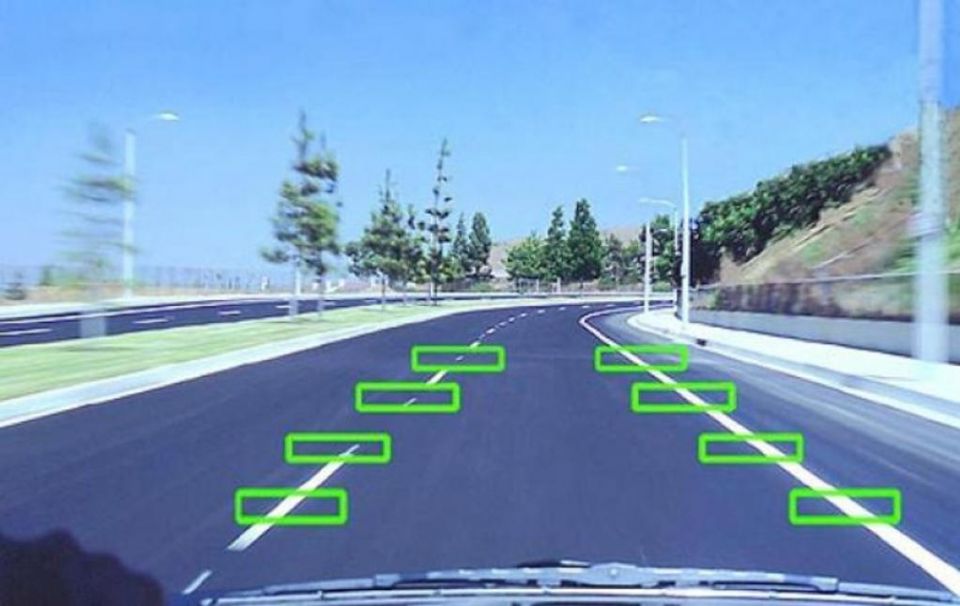

Contributor
Lane support system (LSS) is a broad term for a group of active safety technologies that aim to keep your car within its lane.
These systems are able to detect painted lane markings on the road ahead, including solid and dashed lines, and then either alert the driver or apply some form of corrective action to prevent the vehicle from departing its lane.
Some systems also feature road edge detection technology, that can detect the edge of the road itself (as compared to only painted lanes) and take corresponding action to prevent the vehicle from departing onto an embankment.
Although LSS are classified as an active safety technology, it is important to note that they are assistive only, and can be overridden by the driver. Systems that aim to steer a car back into its lane, for example, can be overpowered by the driver simply applying a greater amount of force in the opposite direction.
The simplest type of lane support system is commonly known as lane departure warning(LDW). These systems generally use a forward facing camera mounted just behind the windshield.
The camera is connected to a computer that makes use of algorithms incorporating machine learning technology (such as ‘Hough transform’ and ‘Canny edge detection’) to recognise solid and dashed lines on the road.
If the system detects the car is leaving its lane it will sound an audible alert to warn the driver, but take no other action. Some systems may also provide further warning by vibrating the steering wheel or the driver’s seat.
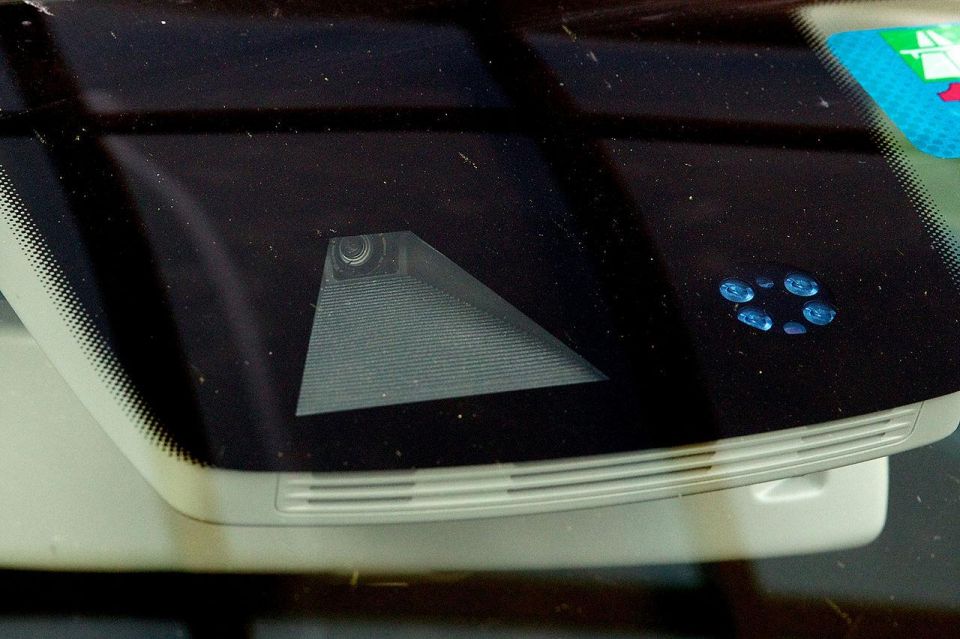
Lane Keeping Assist (LKA) systems build on the functionality offered by LDW systems. In addition to providing sensory alerts that the vehicle is leaving its lane, LKA systems are integrated with either the car’s power steering or ESP system, enabling an an LKA system to nudge the car back into its lane.
This is done either by applying a small amount of braking force to either front wheel to move the car back into its lane, or by directly manipulating the electric steering motor to steer the vehicle back into its lane.

Emergency Lane Keeping (ELK) is a more advanced type of LKA system that’s functional in more critical driving scenarios, and may also make use of radar sensors mounted around the car.
Generally, it provides a more aggressive steering intervention in situations where the risk of an accident is high. This may include if the car is about to run off the road onto an embankment (incorporating the road edge detection feature mentioned above), or if the vehicle is about to drift into oncoming or overtaking traffic in an adjacent lane, with the radar sensors used to detect the presence of traffic.
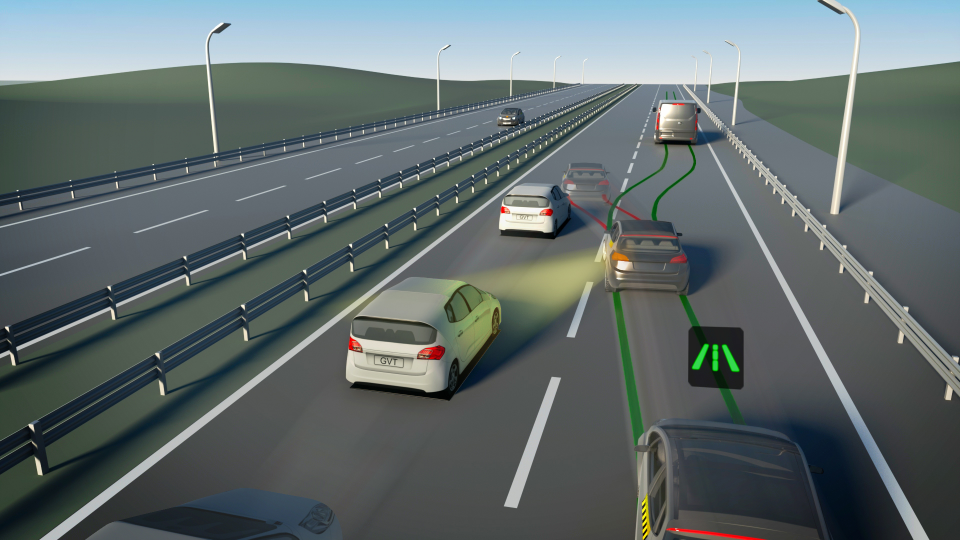
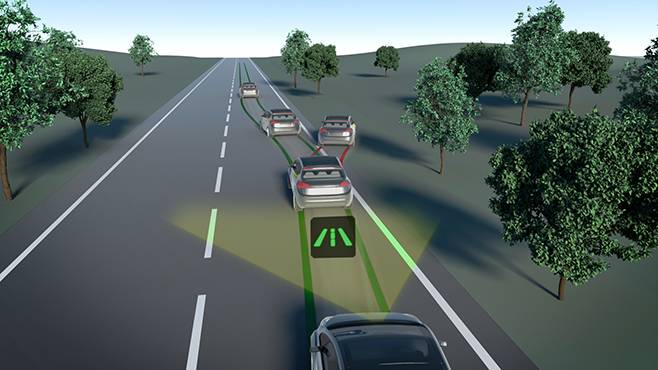
A more recent innovation is Lane Centering Assist (LCA). Unlike reactive systems above, where the system is operational to prevent the vehicle from leaving its lane and reduce the risk of an accident, LCA is a proactive system working to keep the vehicle positioned in the middle of its lane at all times.
Often, this system is integrated with adaptive cruise control to form the foundation of Level 2 autonomous driving systems (such as Tesla’s Autopilot, where the car is able to steer and accelerate with the driver monitoring the surrounding environment at all times).
The speeds at which LSS are operational vary based on the specific model of car and the functionality of the system itself, however most LSS do not work at speeds below 50 km/h.
To determine the capabilities of your car’s LSS, contact your carmaker directly or view the ANCAP safety report for your vehicle which will provide further information specific to your vehicle. Much like autonomous emergency braking systems, the industry is ripe with jargon for LSS, with each carmaker often having its own preferred term for the feature.
For obvious reasons, LSS are disabled when the driver is indicating to change lanes.
Being camera-based, LSS available today are far from foolproof. They may not work in conditions such as heavy rain, fog, or even in bright sunlight which has the potential to dazzle the front-facing camera.
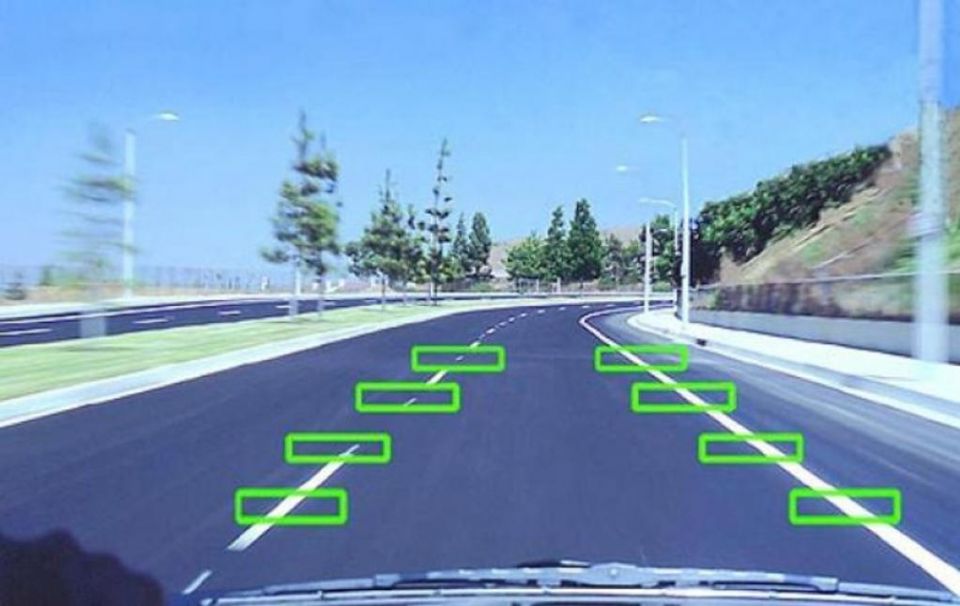
If the lane markings on the road are faint or are covered with mud, dust, or snow/ice, LSS are unlikely to function successfully. There’s also a risk the camera will be obscured by road grime.
LSS may also be sensitive to calibration issues based on the car’s windscreen. If your car is equipped with a LSS and its windscreen requires replacement, ensure a genuine replacement is fitted to minimise the risk of the front-facing camera being improperly calibrated.


James Wong
4 Days Ago


Matt Campbell
3 Days Ago
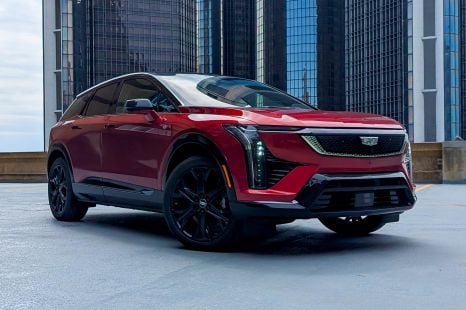

William Stopford
2 Days Ago
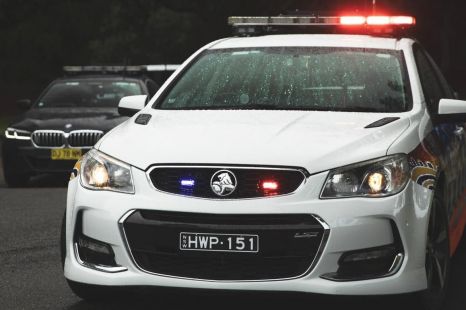

CarExpert.com.au
17 Hours Ago


William Stopford
16 Hours Ago
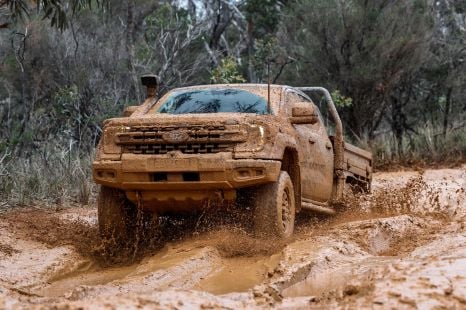

William Stopford
15 Hours Ago